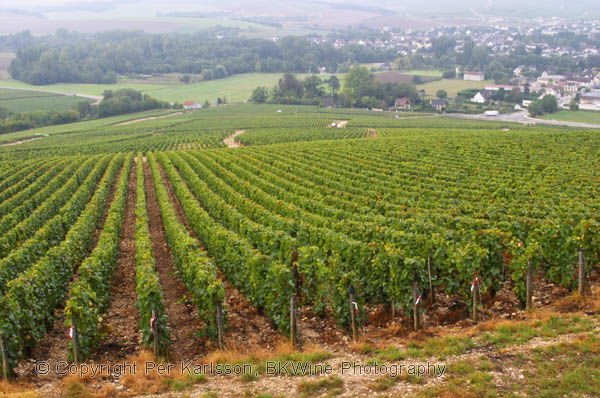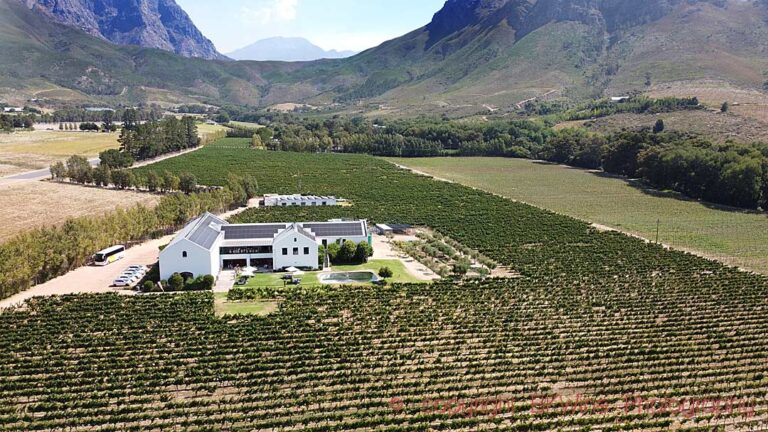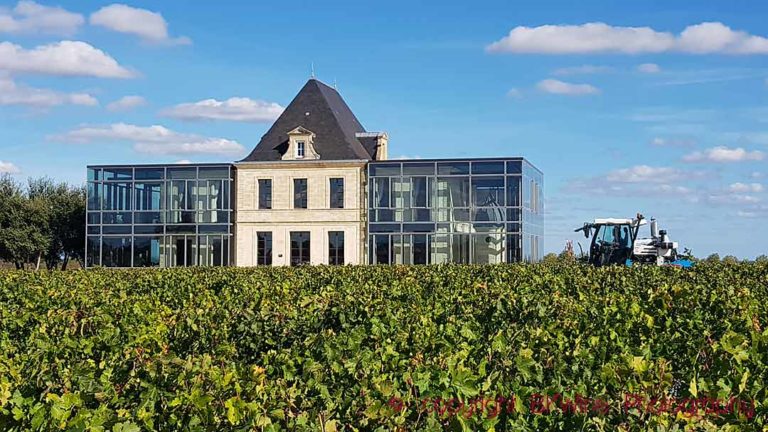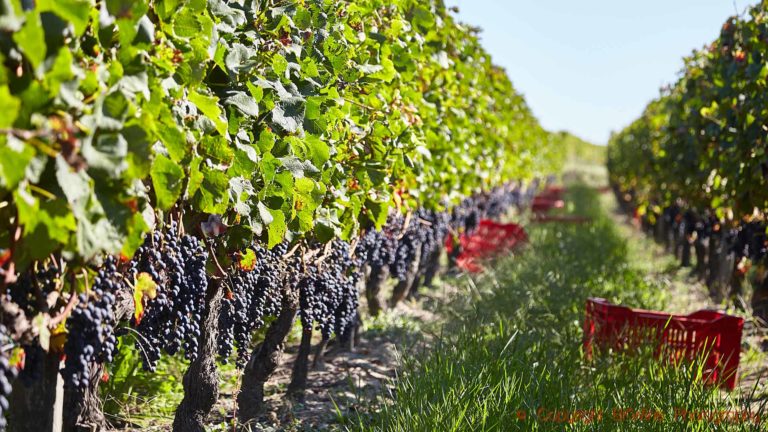A harvest report from Chablis
Here is a summary of the vintage 2013 as seen by the growers’ association BIVB-Chablis.
In summary, they say:
- A difficult growing season due to the weather, that led to:
- Late harvest and
- Small volume. Nevertheless
- Sufficient maturity and
- Balanced wines
According to the growers’ association.

A few other interesting things that it can be worth noting:
Reading between the lines this is a year when those who harvested with machine may have had a quality advantage over those who harvested (more slowly) by hand. To avoid problems with rot it was important to harvest quickly, which is one of the advantages with machine harvest.
Also interesting to note is the reference to VCI or Volume Compensatoire Individuel which is a regulation that has been in effect in a pilot testing form in Chablis for some years and that has is now spreading across France. VCI means that winemakers are allowed to blend vintages (with certain limits) and still label the wine as a vintage wine. In other words, due to the small harvest in 2013 the wineries will be allowed to “top up” the 2013 wines with wine from e.g. 2012 (reserve wine) and still call it “vintage 2013”. You can thus “compensate” a small volume by adding wine from another vintage.
Read more on this “dilution” of what vintage means here: Is it good for the wine consumer that the producers are now allowed to blend vintages with VCI?
On to the vintage report from BIVB-Chablis:
“2013 in Chablis. A Limited Decrease in Volume”
“In December comes the time for assessment. While some newspapers reported a shortage in wine, the deficit in Chablis is more limited than could be expected. In a few months, the market will be lacking around 42 000 hl of wine, which is nearly 14% of the harvest volume. The “Volume Compensatoire Individuel” (VCI) – a sort of qualitative security stock – plays the role for which it was designed; it will minimize the effects of a small harvest on the market.
“This is also the moment to look back on this complicated year. 2013 will be remembered as a year with a late harvest. Winemakers have lost the habit of harvesting in October, yet it was the case this year.
“This vintage is also unusual for its low yield: based on more than half of the declared volumes, the averages are the following:
- 38.35 hl / ha for Petit Chablis and
- 34.50 hl / ha for Chablis Grand Cru
(the authorized yields being respectively 60 hl/ha, 54 hl/ha). However, despite the fact that Chablis was not affected by spring frosts and hail like other vineyards, the weather was not in harmony with the growing cycle of the vine.
“Indeed, during a cool and rainy month of May, the inflorescence suffered and resulted partly in tendrils. The flowering then took place in arduous conditions, and ended up being irregular, causing coulure. Later on, the fruit set also occurred under difficult circumstances, and even though September was beautiful, it did not make up for the loss.
“The grape harvest was particularly short. The grapes ripened very quickly, but the hot and humid weather that followed early October raised fears of botrytis. The winemakers therefore tried to finish the grape harvest as fast as possible. In these circumstances, the solidarity advocated by the St Vincent brotherhoods was only to be expected. Those who had finished would lend hands and machine to help their neighbours bring their own harvest in.
“Ultimately, unlike other areas, Chablis did not need to ask the permission to begin harvesting grapes that had not reached full maturity, or in other words, the minimum alcohol content. It is quite the opposite – certain Premier Cru and Grand Cru musts show a very good alcohol content. The wines are well-balanced with excellent acidity levels. Once they are settled, they are pure and straightforward. Enologists describe fresh citrus notes, as well as white fruit notes such as apple and pear, and some even go as far as candied lemon and apricot. The winemakers remain optimistic – despite low yields, the quality is undeniable.
“Frank and true to the style of Chablis, the white wines of 2013 will match those of the previous vintages.
“Man and vine are marked by this challenging year, but are rewarded for their hard work!”
Press Contact: Françoise Roure – Marketing Communications Manager – BIVB-Chablis + 33(0)3 86 42 42 22 – Fax : + 33(0)3 86 42 80 16 – francoise.roure at bivb.com









2 Responses